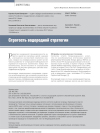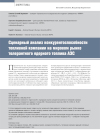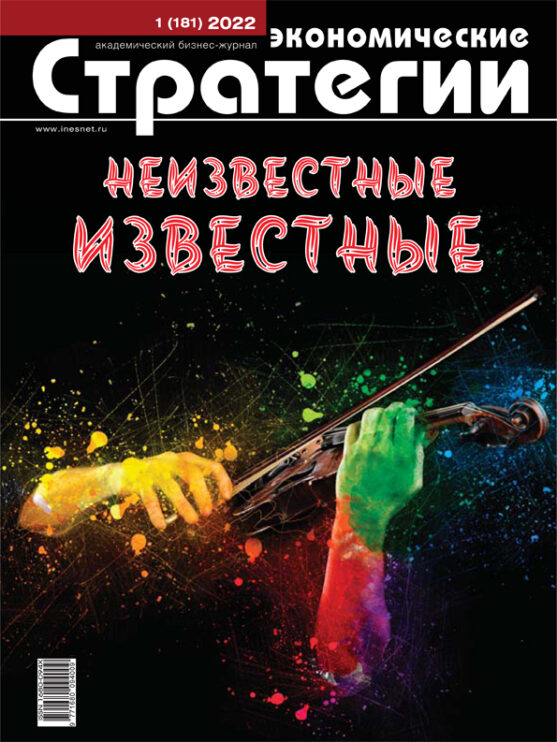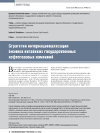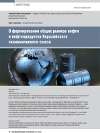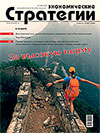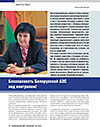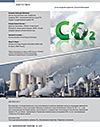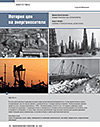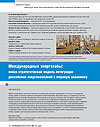Rigorousness of the Hydrogen Strategy
DOI: https://doi.org/10.33917/es-3.183.2022.88-95
The main criterion for classifying hydrogen is the amount of carbon emissions generated during its production. Since only green hydrogen, received from renewable energy sources (RES), can be considered a fuel with a minimal carbon footprint, the article examines the question of to what extent the hydrogen strategies of various countries may be regarded as decarbonized. A typological approach is applied and a framework is established to define the stringency of green hydrogen regulation in national hydrogen strategies based on three parameters: fossil fuel penalties, hydrogen certification and exceptional technology development. According to these parameters, countries are classified into groups depending on the degree of regulation severity. The problems, associated with increasing the strictness of regulation for hydrogen production both at the national and international levels, are identified.
Источники:
1. Hydrogen from renewable power. Technology outlook for the energy transition. IRENA. 2018. URL: https://www.irena.org/-/media/Files/IRENA/Agency/Publication/2018/Sep/IRENA_Hydrogen_from_renewable_power_2018.pdf.
2. Etapy sertifikatsii. 2022 [Certification Stages. 2022]. CERTIFHY. URL: https://www.certifhy.eu/steps-of-certification/
3. Indiya obnarodovala svoyu vodorodnuyu politiku [India has Unveiled Its Hydrogen Policy]. RenEn, 2022, available at: https://renen.ru/indiya-obnarodovalasvoyu-vodorodnuyu-politiku/
4. Garcia-Herrero A., Tagliapietra S., Vorsatz V. Hydrogen development strategies: a global perspective. Bruegel, 2021, available at: https://www.bruegel.org/2021/08/hydrogen-development-strategies-a-global-perspective/
5. Chili planiruet voiti v troiku krupneishikh eksporterov zelenogo vodoroda — strategiya [Chile Plans to Become One of the Top Three Exporters of Green Hydrogen — Strategy]. RenEn, 2020, available at: https://renen.ru/chili-planiruet-vojti-v-trojku-krupnejshih-eksportyorov-zelyonogo-vodoroda/
6. Opublikovana vodorodnaya strategiya Norvegii [Norway has Published Its Hydrogen Strategy]. RenEn, 2020, available at: https://renen.ru/opublikovanavodorodnaya-strategiya-norvegii/
7. Ministry of Power notifies Green Hydrogen / Green Ammonia Policy. Press Information Bureau Government of India, 2020, available at: https://pib.gov.in/PressReleasePage.aspx?PRID=1799067.
8. The Norwegian Government’s hydrogen strategy. Norwegian Ministry of Petroleum and Energy, Norwegian Ministry of Climate and Environment, 2020, available at: https://www.regjeringen.no/contentassets/40026db2148e41eda8e3792d259efb6b/y-0127e.pdf.
9. OAE ob”yavili o dorozhnoi karte vodorodnogo liderstva, ukreplyaya priverzhennost’ strany k sozdaniyu ekonomicheskikh vozmozhnostei posredstvom reshitel’nykh deistvii v oblasti klimata [UAE Announced Hydrogen Leadership Roadmap, Confirming Country’s Commitment to Creating Economic Opportunities Through Decisive Climate Action]. Emirates News Agency — WAM, 2021, available at: https://wam.ae/ru/details/1395302989185.



